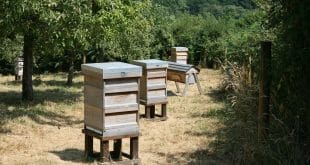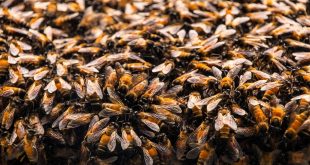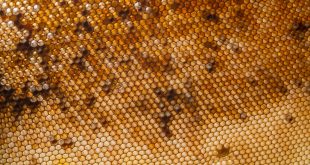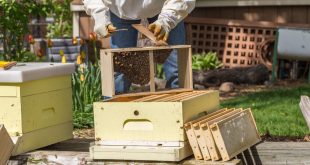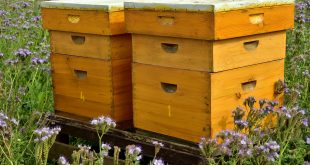Bees have always set their home above the ground, and it is not to stay out of reach from humans, though that may seem like one of the reasons. There are many advantages associated with staying away from the ground, and that is the intuition that drives bees to establish their colonies in crevices that are well secluded from invaders. The hive stand is a beekeeping equipment that plays a crucial role for any beekeeper. In this DIY guide we'll take a look at how to build a homemade hive stand.
Read More »The Steps to Take When Requeening a Hive
Requeening a beehive is an essential and beneficial practice for beekeepers, aimed at maintaining hive health and productivity. Key reasons for requeening include the aging or death of the current queen, poor egg-laying, or to manage aggressive colonies. The process involves carefully introducing a new queen, either directly or indirectly, to ensure acceptance by the hive. It's advised to requeen at least biennially, considering factors like colony aggression and hive size. Beekeepers must be prepared for challenges like queen rejection in aggressive hives and should follow specific steps to ensure a smooth transition.
Read More »How to Coat Plastic Foundation with Beeswax
New plastic foundation and that which has been cleaned requires a coat of beeswax. The wax helps make the foundation acceptable by honeybees. Adding wax to plastic foundation on new frames is often needed to add the depth of the layer which the manufacturer has put on the foundation. This article will guide you through various ways on how to coat plastic foundation with beeswax. The other type of foundation used in beekeeping is wax foundation. Since it is already made using beeswax, it does not usually require coating with more beeswax.
Read More »How to Install Package Bees – The Beginners Guide
Installing package bees is a practical and effective method for beekeepers to start or strengthen their hives. This process, suitable for both new and experienced beekeepers, involves transferring bees from a package into a hive, ensuring they adapt and thrive in their new environment. The guide offers insights on the nuances of installation, including timing, hive preparation, and post-installation care. It emphasizes the importance of handling the bees gently, feeding them adequately, and monitoring their progress to ensure a successful integration into the hive. This method is renowned for its high success rate in establishing new colonies.
Read More »Beehive Split – How to Split a Hive
Learn the art of hive splitting in DIY beekeeping! This comprehensive guide walks you through the steps to successfully divide a beehive, ensuring the health and growth of your honeybee colonies. Whether you're a beginner or an experienced beekeeper, this article provides clear instructions, tips, and insights into hive management. Discover how to prevent swarming, increase your bee population, and promote a thriving apiary.
Read More » BeeKeepClub Resources and Guides for Beekeepers
BeeKeepClub Resources and Guides for Beekeepers
